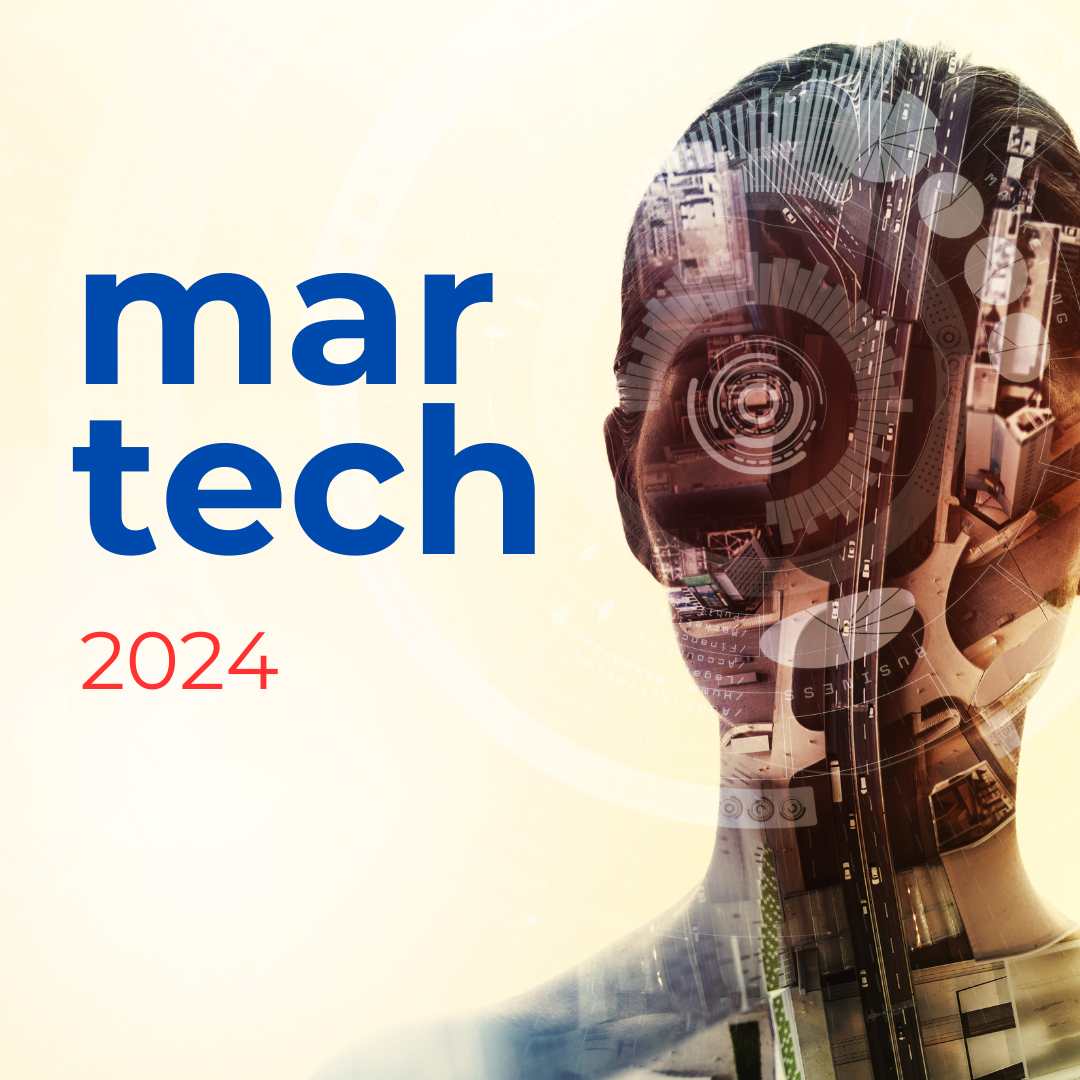How to Use the Psychology of Discounts to Maximize Your eCommerce Sales
Discounts can be powerful tools for boosting sales, but they can also hurt your business if not used wisely. Are your customers so accustomed to sales that they’re reluctant to pay full price? If so, it’s time to re-evaluate your discounting strategy.
The right pricing strategies can motivate customers to buy, while the wrong ones can reduce your chances of conversion.
Why Do People Love Discounts?
Everyone loves saving money. While a discount may seem straightforward, the process behind a customer’s decision to buy is more complex. Behavioral psychologists have studied this phenomenon extensively, revealing that certain promotions can change the way consumers think and feel.
Studies show that discounts can trigger feelings of excitement, pleasure, and happiness, increasing levels of the “feel-good” hormone oxytocin. This response can be stronger than receiving an outright gift, making strategic discounting a key factor in driving sales.
8 Proven Discount Psychology Principles to Drive eCommerce Sales
- Use the Rule of 100 ($ Off vs. % Discount)
- For items under $100, a percentage discount appears larger than a dollar discount. For items over $100, a dollar amount off is more appealing.
- Example: 10% off a $50 sweater seems better than $5 off, even though they are the same. Conversely, $200 off a $1,000 computer is more attractive than a 20% discount.
- Consider Your Brand’s Perceived Value
- Discounting can harm the perceived value of high-end or luxury products. Use discounts sparingly to maintain the product’s and brand’s prestige.
- Example: Luxury items should rarely go on sale to avoid being seen as inferior or outdated.
- Leverage Scarcity and Urgency
- People fear missing out (FOMO), so limited-time offers or limited-stock items can drive quick purchases.
- Example: Combine flash sales with limited stock to clear out old inventory and boost conversions.
- Adjust Your Font Size
- Use larger fonts for the discount and smaller fonts for the sale price to make the discount feel more significant.
- Example: In stores, you often see large posters with percentage discounts and smaller signs for the final price. Replicate this online.
- Use .99 Instead of .00
- Prices ending in .99 feel lower to consumers, even if the difference is just one cent.
- Example: $9.99 is more appealing than $10.00. Test this with both full-priced and discounted items.
- The Power of “FREE”
- Free offers can attract and engage new customers, but overuse can harm your profit margins and brand perception.
- Example: Offer free shipping, returns, samples, or welcome gifts to motivate first-time buyers.
Using Discounts Strategically and Effectively
While discounts can drive sales, they can also reduce profitability and harm your brand if overused. Avoid constant discounts to prevent devaluing your brand. Instead, offer tailored promotions based on customer behavior to maximize effectiveness without sacrificing margin.
The best approach is to send discounts to hesitant customers, not to everyone. This prevents losing full-price sales and avoids providing discounts to those unlikely to purchase.
Optimize your discount strategy for the best results. For professional assistance, book your free discovery call today.








